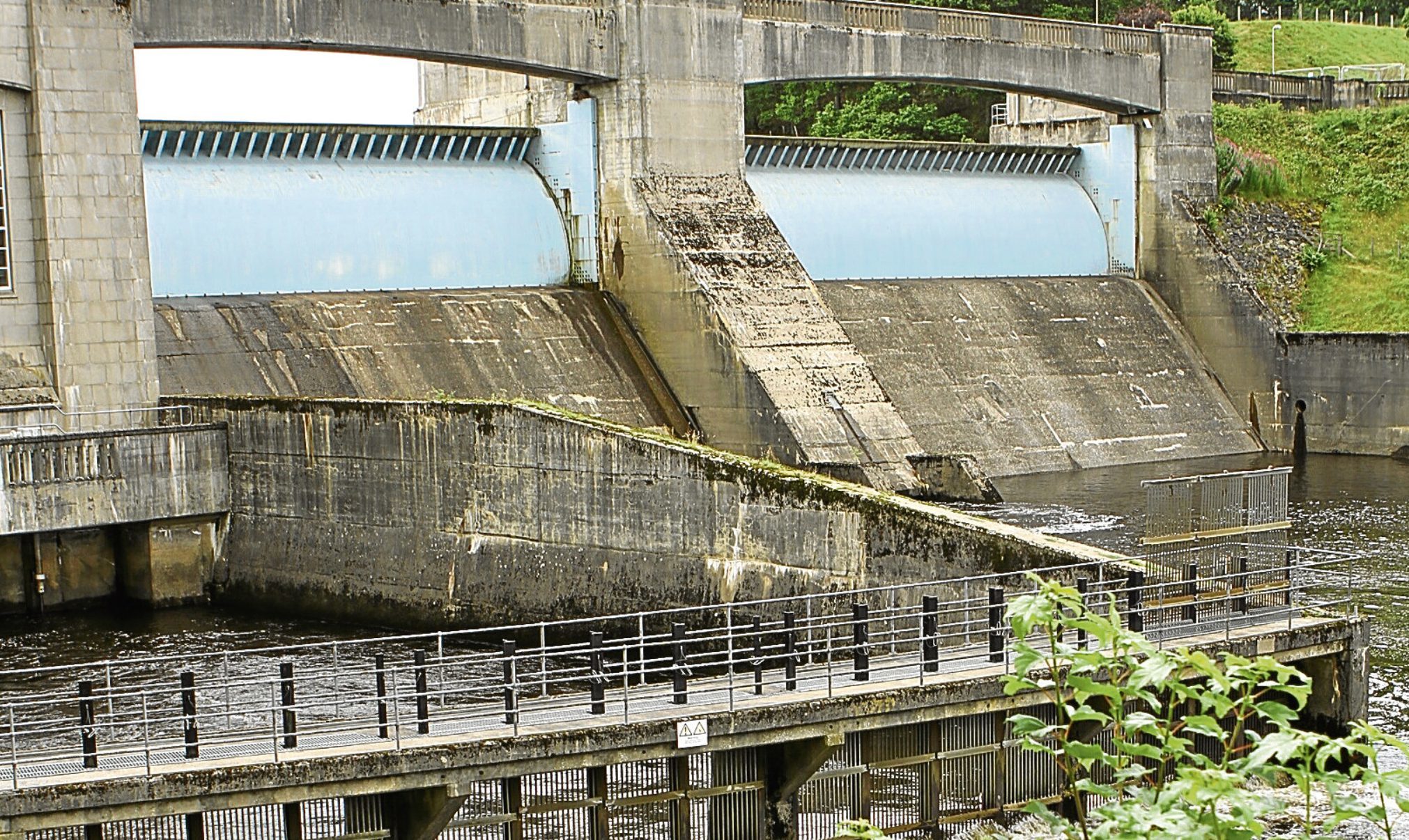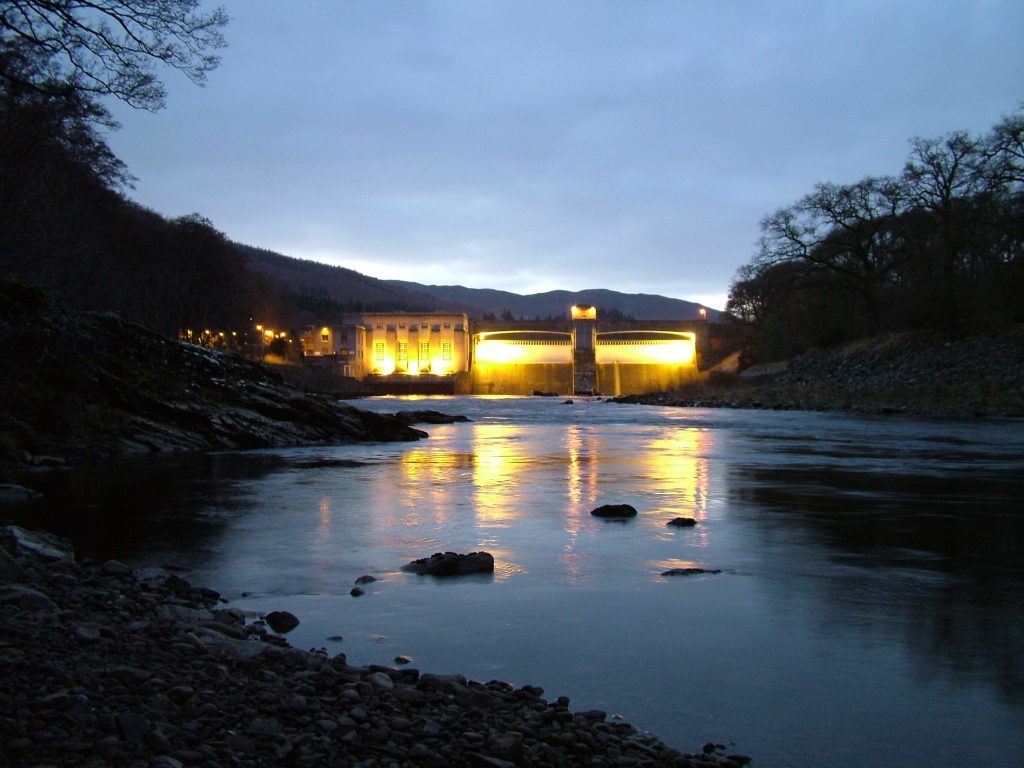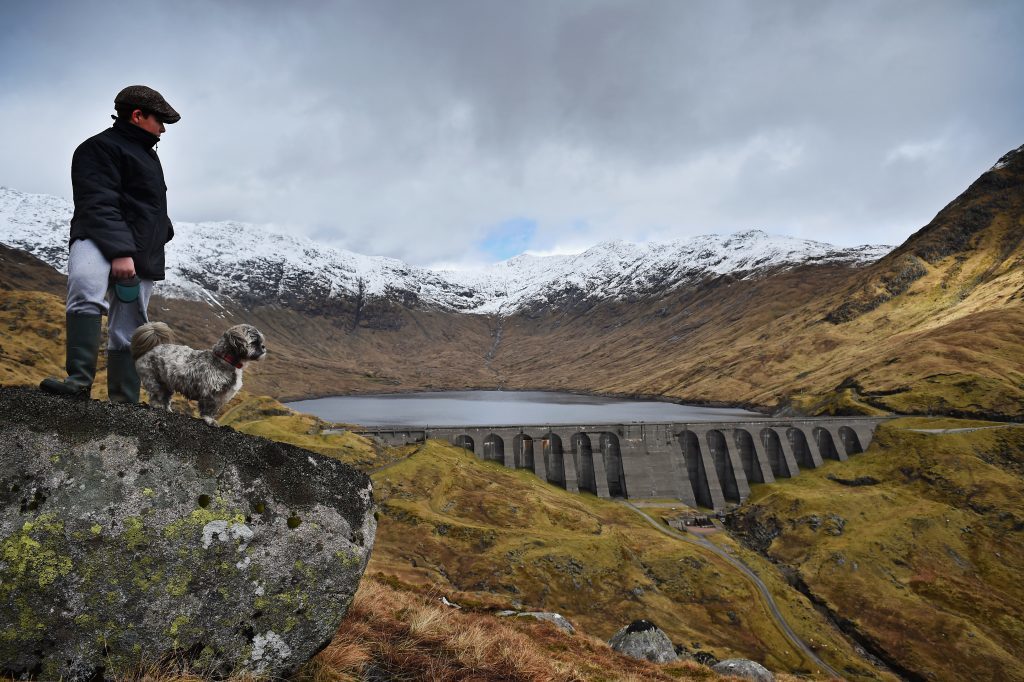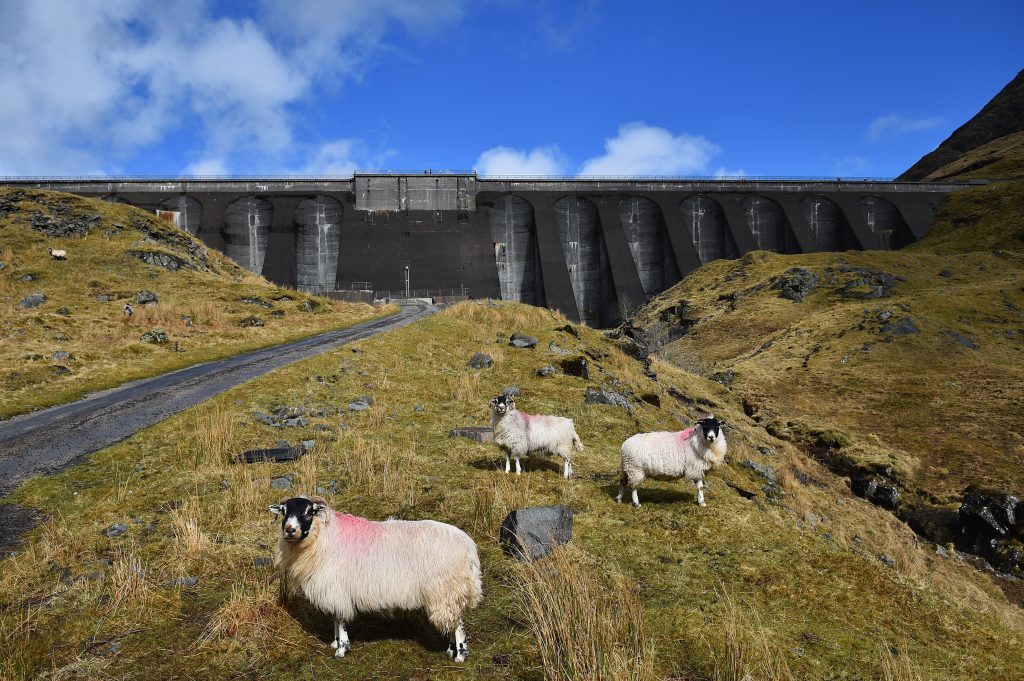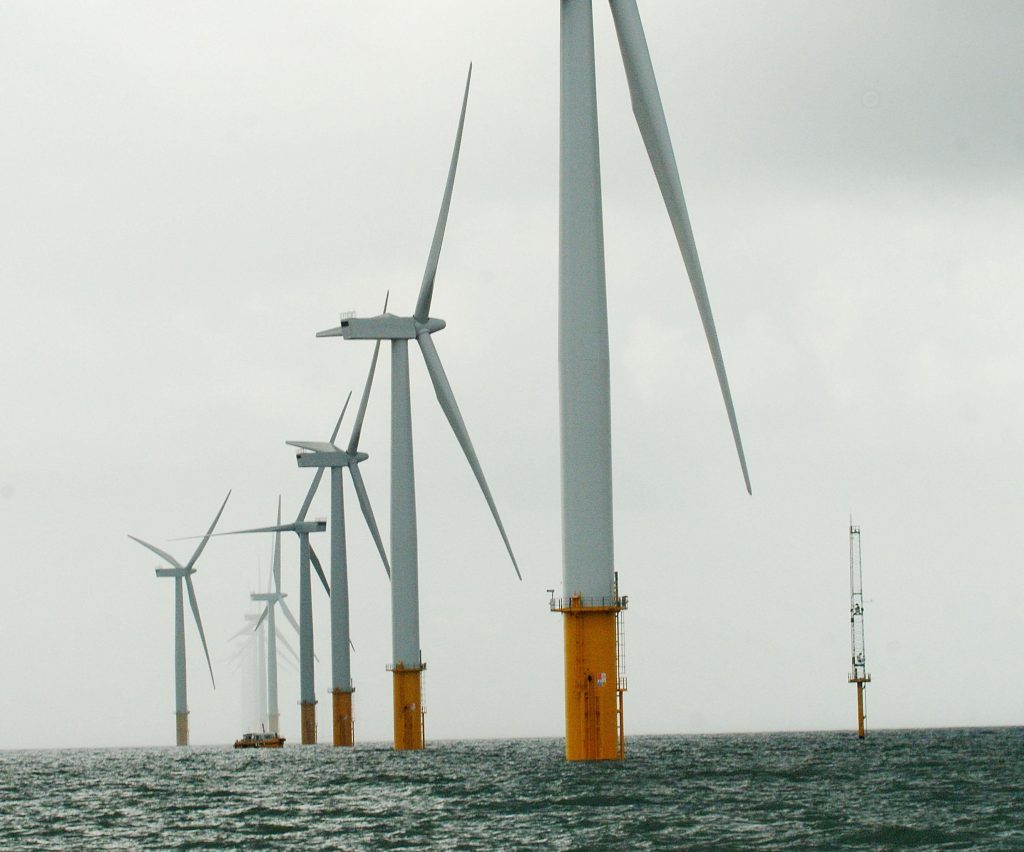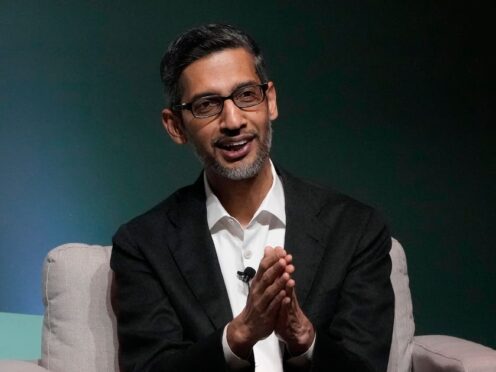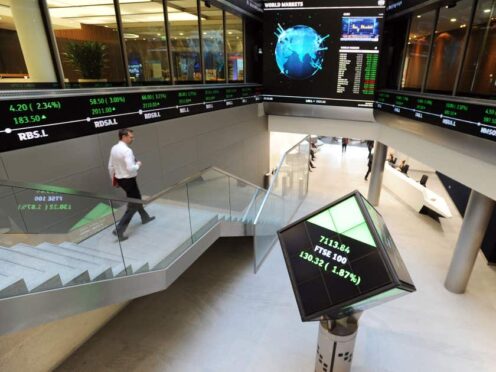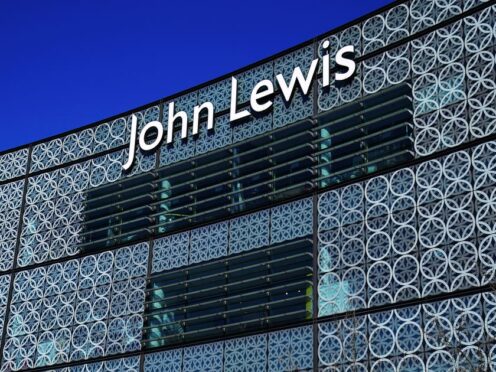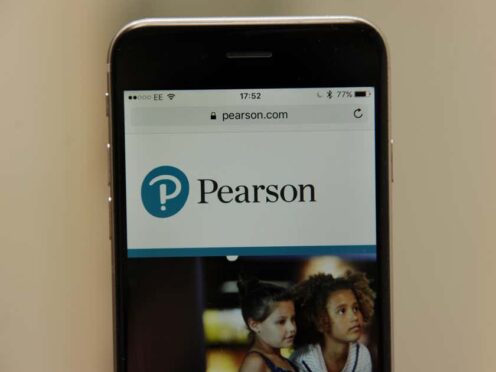The organisation that represents the renewable energy sector in Scotland is “encouraged” by efforts being made to find an innovative future for hydropower.
Speaking in the wake of the Scottish Renewables’ Hydro Conference at Perth Concert Hall,Hannah Smith, policy manager at Scottish Renewables, told Courier Business: “Hydropower is one of our most mature renewable energy resources, but the sector has faced considerable challenges of late.
“While it is important to seek solutions to these problems, it’s encouraging to see that the people who are working in the industry are looking to new and innovative ways of providing a future for hydro in Scotland, from incorporating energy storage to exporting to new markets further afield.”
Flexibility, inventiveness and a willingness to explore new markets were all hot topics at the conference.
Shifts in the sector – from cuts to feed-in tariffs to the recent business rates revaluation and beyond – have brought a “cliff edge” for the sector closer than ever, delegates heard.
But moves to adopt novel power purchase agreements, consider the addition of storage to existing schemes and even enter into new markets overseas are tactics which could all bear fruit.
Highland Eco Design’s Jamie Wallace told delegates the potential removal of the FiT – a threat looming over the horizon in 2019 – could provide an incentive to introduce storage, or even small-scale pumping at new and existing schemes.
He said a failure to explore these opportunities around smaller pumped storage schemes would mean “we risk missing a huge opportunity”, adding:“For every 400MW pumped storage scheme there might be ten 40MW schemes, 100 4MW schemes or a thousand 400kW schemes,” he said.
Mr Wallace also highlighted the scale of planning fees faced by developers, telling his audience:“It can take two years’ of exports to pay off the planning fees on a typical 100kw scheme.”
Intelligent Land Investments’ Mark Wilson described his company’s ambitious plans to “potentially bring 2GW of energy storage to the market” in the form of new Scottish pumped storage sites, but highlighted policy issues.
He said: “There are a lot of unknowns on funding and political certainly.
“There is so much that still has to unfold in the energy system and no one has a crystal ball.
“Could it be batteries, could it be pumped storage? No-one knows for sure.”
Mott Macdonald’s Tom Pendrey spoke later on pumped storage, referencing Scottish Renewables’ paper on the subject and the capacity which exists in Scotland for the development of more sites.
But it was business rate changes which dominated the conference’s second session.
Alex Reading, development director of Green Highland Renewables, described the issue as “the elephant in the room”.
Rates relief for the sector were removed in 2016 and then “the revaluation was a bit of a kidney punch”, he said, adding that “this system is not fit for the sector”.
The Scottish Government’s Sue Kearns, deputy director, Energy Deployment, addressed the conference on Scotland’s draft Energy Strategy – a consultation into which closed on May 30.
She described the government’s position now as “a period of analysis and reflection” – but stressed discussion on key issues would remain open for some time, saying:“[Respondents were] generally positive with the ambition and about the whole-systems approach but are looking for more sense of a timeline and the milestones for delivery.”
The conference was held as the latest figures revealed that renewable sources of energy have generated more electricity than coal and gas in the UK for the first time.
National Grid, that owns and manages the power supply around the country, reported yesterday that, on Wednesday lunchtime, power from wind, solar, hydro and wood pellet burning supplied 50.7% of UK energy.
Add in nuclear, and by 2pm low carbon sources were producing 72.1% of electricity in the UK.
Wednesday lunchtime was perfect for renewables – sunny and windy at the same time.
On Tuesday, a tenth of the UK’s power was coming from offshore wind farms – a newcomer on the energy scene whose costs have plummeted far faster than expected.
So much power was being generated by wind turbines, in fact, that prices fell to a tenth of their normal level.
Environmentalists will salute this new record as a milestone towards the low carbon economy.
Critics of renewable energy sources will point to the disruption renewables cause to the established energy system.
At the time of Wednesday’s record, 1% of demand was met by storage; this will have to increase hugely as the UK moves towards a low-carbon electricity system.
